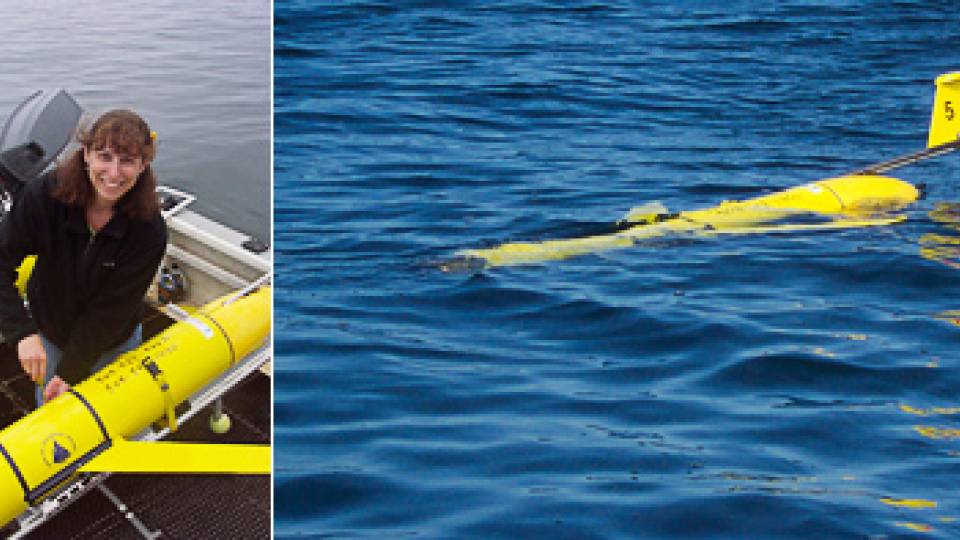In research inspired by the graceful coordination of fish schools, a team of Princeton University engineers is participating in a month-long robotics experiment that involves launching fleets of autonomous underwater vehicles into the Pacific Ocean.
The researchers are testing the vehicles' ability to move in formation through the water while mapping ocean currents and tracking marine microorganisms. The work, sponsored by the Office of Naval Research, could yield benefits for a wide range of fields from climate and ecological research to military surveillance.
The project, called the Autonomous Ocean Sampling Network, is taking place in California's Monterey Bay and is the largest and most complex effort ever to test an entire fleet of autonomous underwater vehicles, while collecting real data about conditions under the sea.
The Princeton team, led by Professor of Mechanical and Aerospace Engineering Naomi Leonard , is responsible for programming the gliders to move in formation while making their own decisions about where to go to collect the best possible data.
More information is available in a news release.
Contact: Eric Quinones (609) 258-3601


